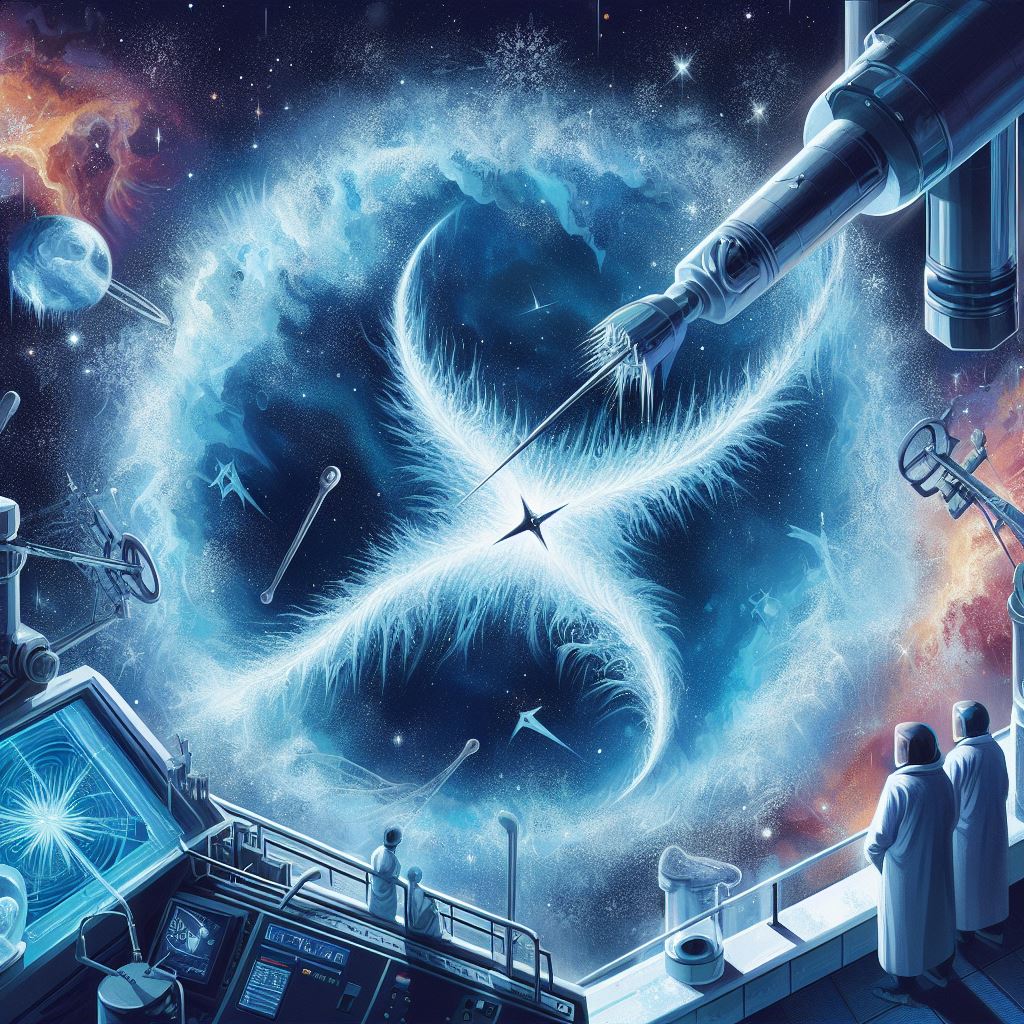
Coldest Universe Spot vs. Earth: A Chilling Comparison
Introduction
From the frosty locations on our home planet to the absolute coldness of space, temperature variations have always been a source of wonder and intrigue. As space enthusiasts and science students dive deeper into the cosmos, the quest to find the universe's coldest places and compare them with Earth's chilly spots becomes even more fascinating. This article seeks to illuminate these icy extremes and offers a detailed understanding of temperatures both on Earth and in the vast universe.
Absolute Zero: Understanding the Ultimate Chill
Absolute zero, scientifically known as the point at which all molecular motion ceases, is a temperature of about -273.15°C or -459.67°F. This state is theoretically the coldest possible temperature where nothing could be colder, and no heat energy remains in a substance. It sets the bar for understanding coldness in both our universe and on Earth.
Key Points:
- Absolute zero is the lowest possible temperature where nothing colder can be attained.
- Represented as 0 Kelvin, it's the starting point of the Kelvin scale used in scientific research.
Boomerang Nebula: The Universe's Freezer
Diving into the heart of the cosmos, the Boomerang Nebula stands out as the coldest natural place known in the universe. Located about 5,000 light-years away from Earth, this nebula holds temperatures that even drop down to 1 Kelvin (-272.15°C), making it colder than the surrounding space.
This nebula, which is much colder than the background radiation from the Big Bang, challenges our understanding of natural cold spots in space. Its unique structure and the conditions surrounding it have made it a prime subject of study among astronomers.
Example: A study by NASA's Alma telescope revealed that the rapid expansion of gas within the Boomerang Nebula causes its chilling temperatures, akin to how refrigerators use expanding gas to produce cold.
Earth's Temperature Extremes
Comparing these cosmic chills to Earth's cold spots brings things into perspective. The coldest temperature ever officially recorded on Earth is -89.2°C (-128.6°F), observed at the Vostok Station in Antarctica in 1983. This temperature, though extremely cold for Earthly standards, is still significantly warmer than the coldest spots in space.
Case Study: In Siberia, residents of Oymyakon experience some of the lowest temperatures on Earth. The village has seen temperatures drop to -67.7°C (-89.8°F), and life there has adapted to such extremes in fascinating ways, from automotive modifications to daily routines.
Science Behind Extreme Cold
Cold temperatures, whether in space or on Earth, aren't just about the readings on a thermometer. They influence matter in unique ways:
- At ultra-low temperatures, matter behaves differently. For instance, superfluidity and superconductivity become observable phenomena.
- Cold environments in space, like that of the Boomerang Nebula, are excellent places for scientists to study molecular formations and star formations.
Implications of Ultra-Cold Temperatures
-
Survival: While humans have adapted to Earth's coldest regions with clothing, shelter, and technology, survival in the ultra-cold void of space requires advanced life-support systems.
-
Research Possibilities: Ultra-cold environments, both on Earth and in space, open up new realms of research. Laboratories on Earth, for instance, often use cryogenics to study materials at extremely low temperatures.
-
Explorations: Understanding these cold regions helps in space exploration strategies, ensuring that equipment and personnel are well-prepared.
Conclusion
The universe, with its myriad of temperatures, presents a rich tapestry of environments, each with its own set of challenges and wonders. From the icy regions of our planet to the chilling spots in the vast cosmos, the story of cold is as old as the universe itself. Through continued exploration and study, we not only unravel the mysteries of these frosty realms but also pave the way for future explorations and understandings.
References:
- NASA's Exploration of the Boomerang Nebula
- Astrophysical Journal on Cold Space Phenomena
- European Space Agency's Data on Cosmic Temperatures
- Vostok Station's Temperature Records





